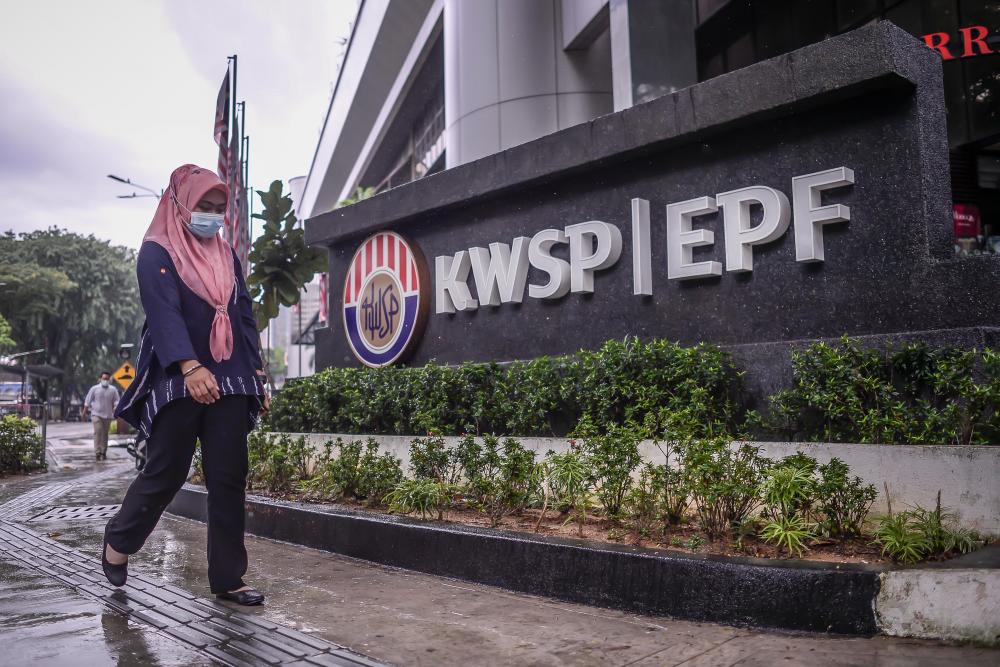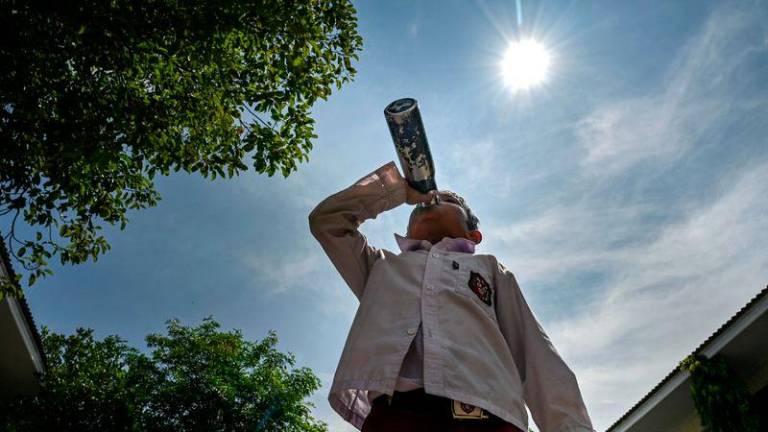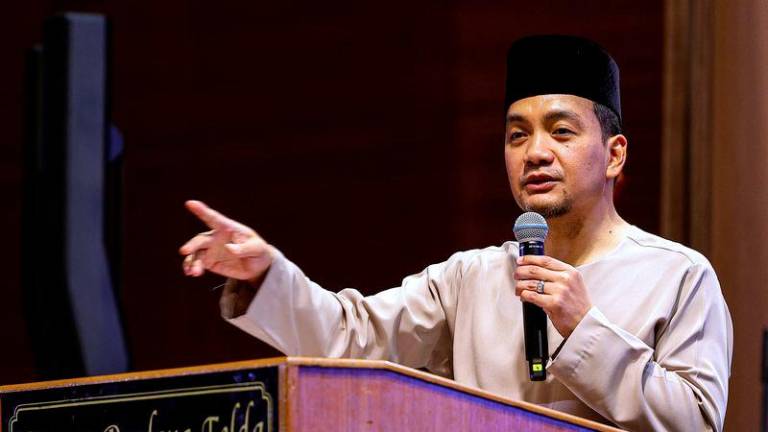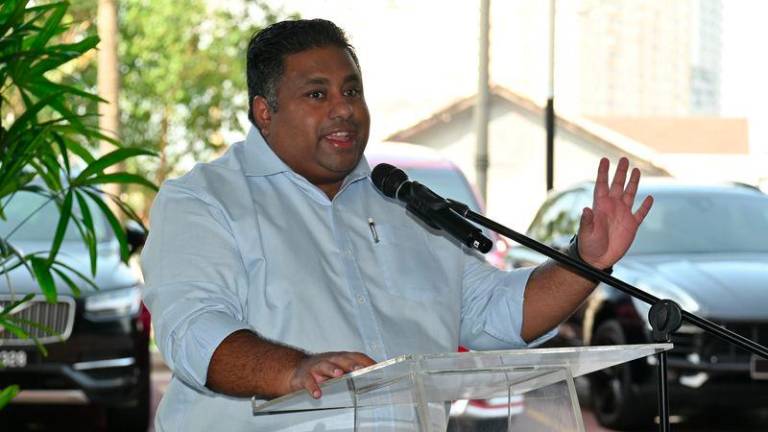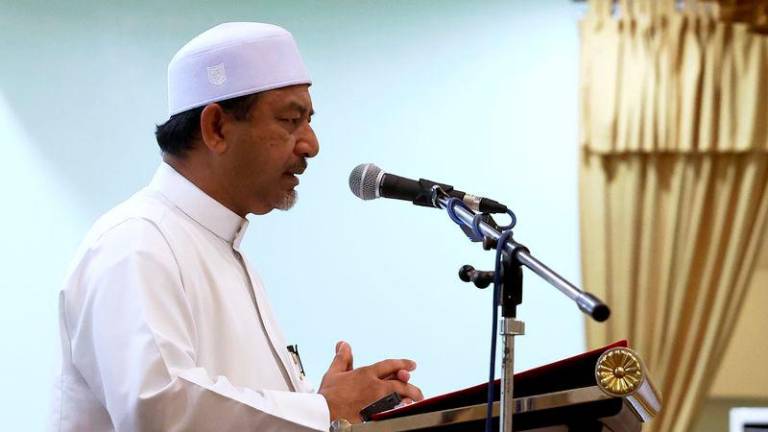PETALING JAYA: With the increase in the limit of annual Employees Provident Fund (EPF) voluntary contributions from RM60,000 to RM100,000, the EPF has gone from a social security institution that helps the workforce to save for retirement to a savings and investment institution, said Universiti Tun Abdul Razak economist Dr Barjoyai Bardai.
He said since EPF’s establishment in 1951, employees had to contribute 11% of their income to the pension fund, while employers paid 13% towards the savings of employees earning RM5,000 and below, or 12% for those earning above RM5,000.
“Now, the role of the institution has changed. With the increase in the voluntary contribution limit, employees or informal workers can save more and enjoy around 5% dividends for conventional and syariah savings every year, which is similar to that of investment banks, Permodalan Nasional Berhad (PNB) and Tabung Haji.
“However, unlike the existing savings and investment institutions, employees and informal workers can only withdraw 30% of their savings via Account 2, while withdrawals are restricted in Account 1 until the account holder turns 50.
“With a dividend of 5.35% for conventional savings and 4.75% for syariah savings last year, which is higher than Tabung Haji (forecast of 2.75% to 3.1%) and PNB (4.6%), EPF savings have become a credible institution to invest in,” he told theSun.
Barjoyai said the increase in the voluntary contribution limit will also benefit EPF, which will have more funds for investments.
He suggested expanding EPF’s scope to encompass citizens of all ages.
“Under the Malaysia Madani concept of Rahmah, EPF should introduce a public contribution scheme for health, whereby account holders can contribute a certain amount of money to an endowment fund.
“Account holders, regardless of whether they contributed to the endowment fund or not, under certain conditions set by EPF, should be able to withdraw a certain amount to cover hospital bills, treatments and surgeries that are life-threatening,” he said.
In allowing the increase in the annual limit of EPF voluntary contributions, Prime Minister Datuk Seri Anwar Ibrahim said it is in line with the changing employment landscape, which has seen an increase in informal jobs and jobs that can generate large but inconsistent incomes.
“The effective date of the implementation of this improvement will be (announced) by EPF in the near future,” he said in Parliament in a written reply to Datuk Seri Mohd Shafie Apdal.
Anwar said the government also provides an additional contribution of RM500 to almost two million members of the target group, namely those aged 40 to 55 years and those who have savings of RM10,000 and below in Account 1. The additional contribution is intended to help members with low savings accelerate the accumulation of their retirement savings.
To facilitate and encourage members to make voluntary contributions, Anwar said EPF has introduced a new function on its app, for seamless payment of voluntary contributions to members’ i-Akaun since July 2022.
“Through the addition on the app, EPF has received favourable response, and as of Jan 31, more than 315,702 members have taken advantage of this facility, with a total contribution amount of RM527,700,000.”
“Under-60 self-employed members who have no fixed income or are outside the labour force, such as housewives, can choose to contribute voluntarily at any time according to their ability under the i-Saraan Programme.
“As an incentive to encourage this group to save under i-Saraan, the government provides a contribution of 15% of the total contribution, subject to the annual incentive limit, which has been increased from RM250 to RM300 for each contributor through the announcement of Budget 2023.
“Last year, a total of 291,743 members made voluntary contributions under the i-Saraan programme, with a total amount of government incentives of RM33,210,000 having been credited into members’ Akaun 1.
“Apart from that, members can also add to the retirement savings of their spouses, parents or children who are EPF members at any time. At the same time, third parties such as approved individuals and institutions can also contribute to EPF members.”



